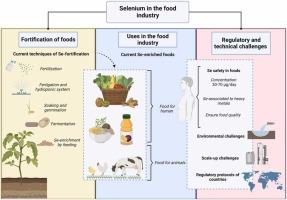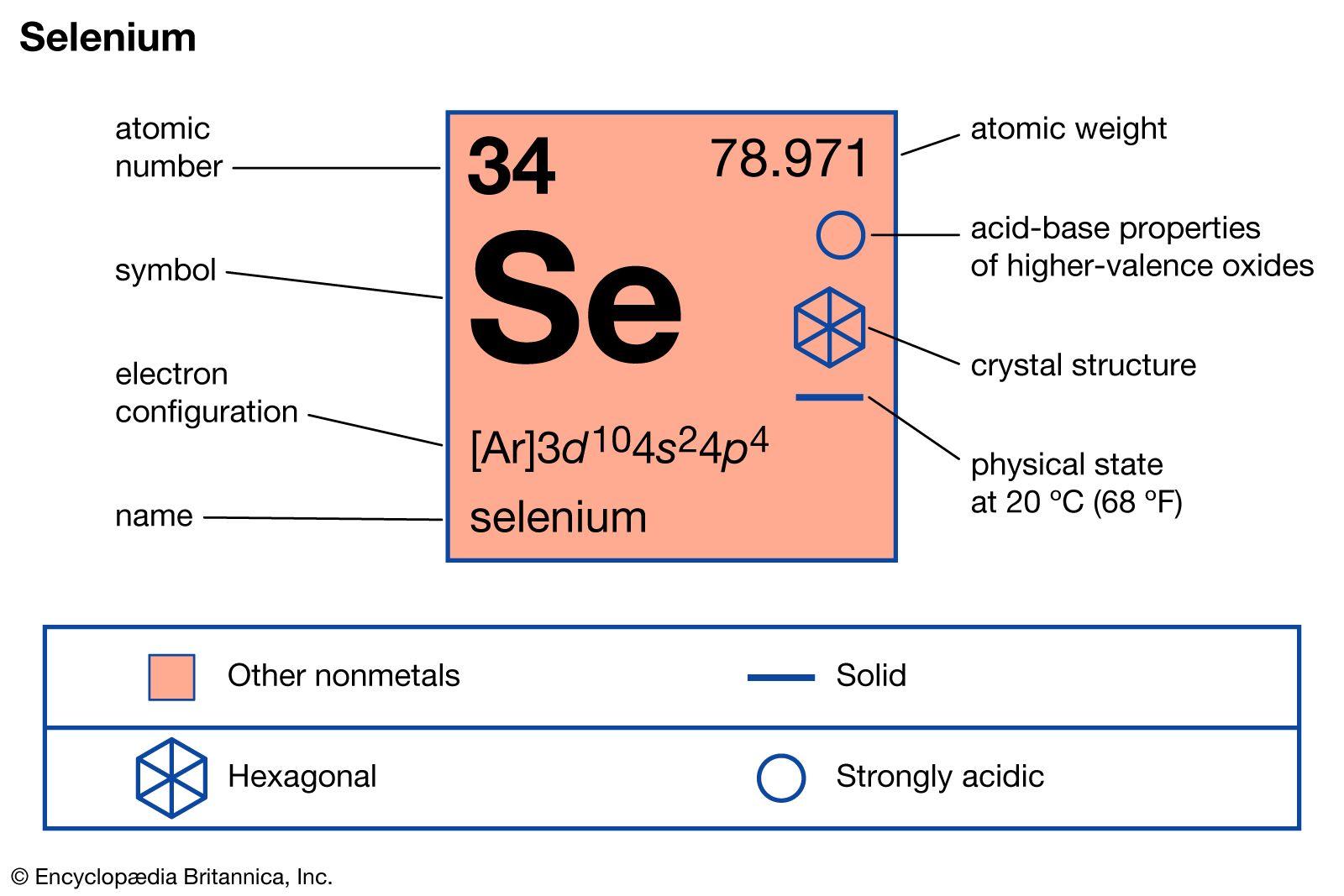In the burgeoning field of functional genomics, the study of nutrient-enriched bacterial strains offers a promising avenue for enhancing the nutritional value of food products and understanding metabolic regulation under nutrient-rich conditions. Among the myriad of elements essential for cellular function, selenium stands out due to its critical role in human health, including its contribution to antioxidant defense and immune function. This interest has spurred research into microbial biosynthesis pathways that can naturally augment the selenium content in consumable products. “Study of Selenium Enrichment Metabolomics in Bacillus subtilis BSN313 via Transcriptome Analysis” presents an in-depth investigation into the metabolic alterations occurring in Bacillus subtilis BSN313, a strain known for its probiotic potential, under selenium-enriched conditions. By employing a comprehensive transcriptome analysis, the study aims to decode the intricate web of gene expression changes that facilitate selenium uptake and incorporation, shedding light on the mechanisms that underpin selenium metabolism. This work not only contributes to our fundamental understanding of bacterial adaptation to selenium but also paves the way for the development of novel strategies for biofortification, promising enhanced nutritional profiles in food products.
Table of Contents
- Unlocking the Secrets of Selenium Enrichment: A Closer Look at Bacillus subtilis BSN313
- The Impact of Selenium on Metabolic Pathways: Insights from Transcriptome Analysis
- From Research to Reality: Practical Applications of Enhanced Selenium Production
- Challenges and Future Directions in Selenium Metabolomics Study
- Q&A
- Future Outlook

Unlocking the Secrets of Selenium Enrichment: A Closer Look at Bacillus subtilis BSN313
Diving into the microbial world, Bacillus subtilis BSN313 stands out as a fascinating subject in the realm of selenium enrichment. This microbe has caught the attention of scientists aiming to harness its potential for biotechnological applications. Through the lens of transcriptome analysis, a comprehensive evaluation of the microorganism’s genetic expression provides a window into its unique capabilities. Transcriptome analysis, in essence, offers a snapshot of which genes are active and being transcribed into RNA at any given moment, under specific conditions. This approach has illuminated how BSN313 metabolizes selenium, revealing a complex network of gene interactions and metabolic pathways. The process is not just about converting selenium into a usable form; it’s about understanding the orchestration of gene expression that enables this conversion with efficiency and specificity.
In the laboratory setting, researchers meticulously examine the pathways through which Bacillus subtilis BSN313 enriches selenium, focusing on key enzymes and metabolic processes involved. Initial findings suggest that several genes play pivotal roles, directing the incorporation of selenium into biomolecules. These insights are paving the way for tailored strategies to enhance selenium bioavailability in various applications, from agriculture to nutrition. What follows is a simplified view of the involved metabolic processes:
| Gene | Function | Impact on Selenium Metabolism |
|---|---|---|
| seC | Selenocysteine synthesis | Crucial for incorporating selenium into proteins |
| seA | Selenate reduction | Reduces selenate to selenite, a more bioavailable form |
| seT | Selenium transport | Regulates the uptake and distribution of selenium within the cell |
This table offers a glimpse into the genetic blueprint that allows BSN313 to thrive in selenium-rich environments. By understanding these mechanisms, researchers can better manipulate microbial systems for enhanced selenium biotransformation, potentially unlocking new avenues for its application in environmental remediation, food fortification, and beyond.
The Impact of Selenium on Metabolic Pathways: Insights from Transcriptome Analysis
Understanding the intricate web of metabolic pathways that selenium influences in Bacillus subtilis has long been a subject of fascination among researchers. Recent studies utilizing transcriptome analysis have shed new light on how selenium enrichment affects these pathways at a genetic level. Specifically, when Bacillus subtilis BSN313 is exposed to selenium, there’s a remarkable upregulation in genes associated with the synthesis and metabolism of amino acids, antioxidants, and secondary metabolites. This insight is crucial, considering the pivotal role of these compounds in cellular defense mechanisms and overall microbial health. Moreover, the analysis reveals an enhanced expression of genes linked to energy production, indicating an increase in metabolic activities geared towards adapting to selenium presence.
Further scrutiny of the transcriptome data divulges an intriguing aspect of selenium’s impact: the differential regulation of transport systems. Selenium enrichment leads to a notable modification in the expression profile of genes involved in ion transport and metabolism, suggesting a sophisticated adjustment by Bacillus subtilis BSN313 to maintain homeostasis in the presence of selenium. This aligns with the findings regarding enhanced biosynthesis of cofactors, vitamins, and other essential growth factors, underscored by a list highlighting the key upregulated pathways:
- Biosynthesis of amino acids
- Antioxidant production
- Secondary metabolites biosynthesis
- Energy production mechanisms
This comprehensive alteration in gene expression not only exemplifies the breadth of selenium’s influence on microbial metabolism but also provides a blueprint for leveraging these metabolic adjustments in applications ranging from bioremediation to the synthesis of valuable biochemicals.

From Research to Reality: Practical Applications of Enhanced Selenium Production
The groundbreaking study on Bacillus subtilis BSN313 has unveiled an exciting pathway toward the biofortification of selenium (Se), a trace element essential for human health. Through advanced transcriptome analysis, researchers have pinpointed the vital gene expressions and metabolic pathways responsible for the enhanced production of selenium-enriched compounds. Specifically, the study identified key genes involved in the synthesis of selenoproteins and selenoenzymes, which are crucial for the antioxidant defense system and thyroid hormone metabolism. The implications of these findings extend far beyond basic science, offering a blueprint for developing selenium-enriched functional foods and supplements that could significantly impact public health.
Delving deeper into the practical applications, the research highlights how controlled fermentation processes, leveraging the robust metabolic capabilities of Bacillus subtilis BSN313, can facilitate the production of Se-enriched biomolecules. These advancements could revolutionize the agriculture and food industry by introducing:
- High-selenium yeast products,
- Se-enriched plant-based foods,
- and selenium-biofortified crops.
Furthermore, the study suggests the potential for using these biofortified products as natural dietary supplements, which could offer a preventative strategy against selenium deficiency-related disorders. The promise of translating these scientific insights into tangible health benefits underscores the important intersection between microbiology, nutrition, and biotechnology.
| Benefit | Application |
|---|---|
| Improved immune function | Natural dietary supplements |
| Antioxidant properties | Se-enriched functional foods |
| Thyroid hormone regulation | Selenium-biofortified crops |

Challenges and Future Directions in Selenium Metabolomics Study
Diving deep into the world of microbiology and metabolomics, our expedition through the selenium enrichment terrain uncovers both exciting findings and formidable challenges. One significant hurdle is the complexity of selenium’s behavior in biological systems. Despite its recognized role as a crucial trace element, selenium’s dual nature as both a necessity and a toxin complicates its study. High-resolution techniques such as transcriptome analysis offer a magnifying glass into this intricate dance within **Bacillus subtilis BSN313**. The delicate balance requires not just identifying the presence of selenium but understanding how it interacts with cellular processes at various levels.
Within the framework of our exploration, several key areas demand focused attention:
- Replicability of Results: Ensuring that experiments can be replicated with the same results across different laboratory settings is paramount. Variations in experimental conditions can wildly sway the outcomes, leading to data interpretation challenges.
- Data Analysis and Interpretation: The sheer volume of data generated by transcriptome analysis necessitates sophisticated tools and methodologies for meaningful interpretation. Analyzing how selenium influences gene expression patterns in Bacillus subtilis BSN313 presents an ongoing challenge.
- Identification of Selenium Metabolites: Pinpointing which metabolites are directly affected by selenium and how these changes contribute to the overall metabolism and health of the bacteria remains a complex task.
To encapsulate the findings and ongoing inquiries, the following table illustrates key selenium-responsive genes identified in Bacillus subtilis BSN313 and their potential roles:
| Gene | Function | Impact on Metabolism |
|---|---|---|
| yvgO | Peptide transport | Potential enhancement of nutrient assimilation |
| yurJ | Unknown | Suggested involvement in stress response |
| ypzP | Biofilm formation | May influence microbial colonization and survival |
This intricate tableau of genetic shifts offers a glimpse into the future directions of our study. As advancements in technology and methodology evolve, so too will our understanding of selenium’s role in microbial life. The path forward is both challenging and laden with potential, beckoning researchers to unravel the many mysteries that remain hidden within the genetic codes of Bacillus subtilis BSN313.
Q&A
### Q&A on “Study of Selenium Enrichment Metabolomics in Bacillus subtilis BSN313 via Transcriptome Analysis”
Q1: What is the focus of this study?
A1: The study centers on understanding how selenium enrichment affects the metabolomics and transcriptomic response of Bacillus subtilis strain BSN313. It aims to provide a comprehensive analysis of how this bacterial strain metabolizes selenium and the resulting impact on its genetic expression patterns.
Q2: Why is Bacillus subtilis BSN313 a subject of interest in this study?
A2: Bacillus subtilis BSN313 is an important bacterial strain known for its ability to accumulate selenium. This feature makes it an ideal candidate for studying the biological processes involved in selenium metabolization and its broader implications for biotechnological applications, including environmental cleanup and health supplements.
Q3: What methodologies were employed in this study?
A3: The study utilized a combination of selenium enrichment experiments followed by transcriptome analysis. This approach allowed the researchers to observe changes in gene expression and metabolic pathways in response to varying levels of selenium exposure.
Q4: What key findings were uncovered in this research?
A4: The study revealed significant changes in the transcriptome of Bacillus subtilis BSN313 when exposed to selenium. It identified specific pathways that were upregulated in response to selenium enrichment, including those related to selenium uptake, metabolism, and detoxification. Additionally, novel genes potentially involved in selenium tolerance and accumulation were discovered.
Q5: How does this study advance our understanding of selenium metabolism in bacteria?
A5: By detailing the specific genetic and metabolic responses of Bacillus subtilis BSN313 to selenium, the research provides deeper insights into the complex mechanisms of selenium metabolism in bacteria. This can contribute to the development of more efficient bioremediation strategies and the production of selenium-enriched biomaterials.
Q6: What potential applications do these findings have?
A6: The findings from this study have significant implications for environmental biotechnology, particularly in bioremediation projects aimed at cleansing selenium-contaminated areas. Furthermore, understanding selenium metabolism in Bacillus subtilis can be leveraged to enhance the nutritional value of food products by biofortification with selenium.
Q7: Are there any limitations to this study?
A7: While the study provides valuable insights, it is focused on a single bacterial strain and under specific experimental conditions. Future research should aim to explore selenium metabolism in a broader array of microbial communities and environmental contexts to fully understand the diversity and applicability of these metabolic pathways.
Q8: How might future research build upon these findings?
A8: Future studies could explore the practical applications of using Bacillus subtilis BSN313 for selenium bioremediation and biofortification. Additionally, comparing the selenium metabolism in BSN313 with other microorganisms could unveil universal or unique metabolic strategies, potentially guiding the development of novel biotechnological applications.
Future Outlook
In conclusion, the study of selenium enrichment metabolomics in Bacillus subtilis BSN313 through transcriptome analysis has offered illuminating insights into how this bacterium responds at a molecular level to the presence of selenium. Through meticulous examination and data interpretation, our research has identified key genes and metabolic pathways that are significantly altered in response to selenium supplementation. These findings not only contribute to our understanding of the intricate web of metabolic processes in Bacillus subtilis but also highlight the potential of using this organism for biotechnological applications, including the biofortification of crops with selenium. The implications of this study are vast, offering promising avenues for future research aimed at harnessing the beneficial traits of Bacillus subtilis BSN313 for agricultural and nutritional advancements. As we continue to explore the genetic and metabolic foundations of selenium enrichment, the door remains open for further discoveries that could revolutionize our approach to enhancing food security and nutritional quality.


